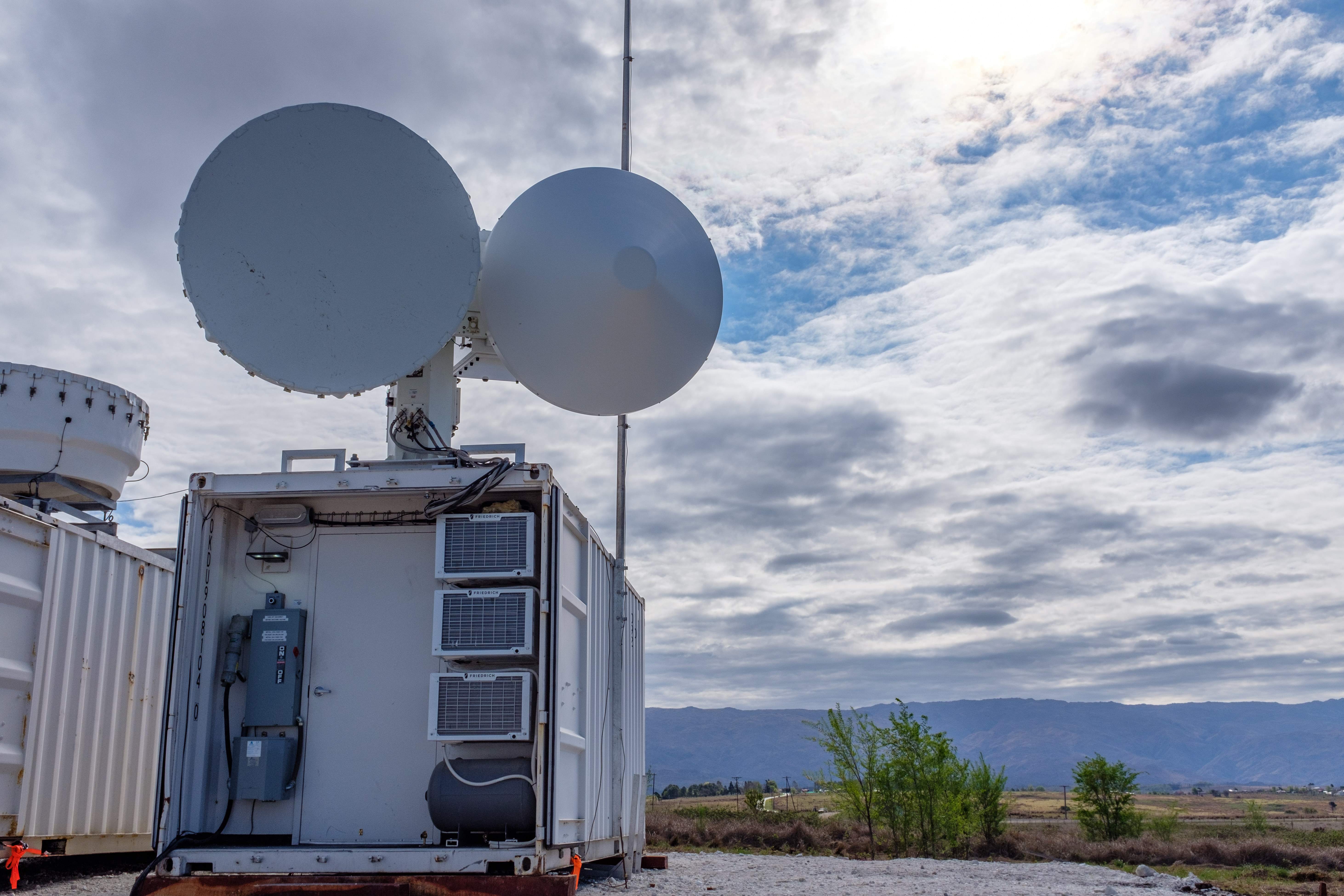Newest ARM Constituent Group Hits the Clouds Flying
Published: 23 September 2019
The Cloud and Precipitation Measurements and Science Group aims to address science needs of ARM data users

The newest of the Atmospheric Radiation Measurement (ARM) user facility’s constituent groups is the Cloud and Precipitation Measurements and Science Group (CPMSG). Formed in April 2019, this group aims to serve in a roughly parallel role to the years-old Aerosol Measurement Science Group. The CPMSG offers assessments and recommendations to increase the scientific impact of ARM investments in cloud and precipitation data sets.
After its first virtual meeting in April, the group convened live during the June 2019 Joint ARM User Facility/Atmospheric System Research (ASR) Principal Investigators Meeting to identify science themes and data gaps. It is now considering specific recommendations to address those needs.
Ann Fridlind, the new group’s chair, acknowledges the challenges, such as prioritizing funding, but energetically describes CPMSG plans and progress to date. ARM Technical Director Jim Mather, to whom the group reports, is equally upbeat. Both look to the CPMSG’s diverse, transparent model to draw out the best ideas that can maximize the efficiency of ARM’s measurements and data product development.
The CPMSG’s 11 members blend scientific and technical expertise, including both ASR principal investigators and ARM infrastructure representatives. You can find a list of members and a link to the group’s charter on its web page.
“The right people are in the room,” notes Mather, “both those who know what measurements are needed and those who know how to get it done in the field.”
Fridlind says the group’s approach is a combination of top-down—answering initial questions from Mather about outstanding science issues and gaps—and bottom-up—polling members for ideas.
“ARM’s institutional memory within the CPMSG is priceless.”
Ann Fridlind, chair of the Cloud and Precipitation Measurements and Science Group (CPMSG)
“ARM’s institutional memory within the CPMSG is priceless,” says Fridlind.
This two-way activity matrix sharpens ARM’s relevance to scientists focused on cloud and precipitation measurement and modeling. Clouds and precipitation, like aerosols, remain stubbornly problematic for earth system understanding. So, like the Aerosol Measurement Science Group, the CPMSG forms another intermediary—more specialized than the User Executive Committee—between the science needs of the research community and ARM’s operational constraints.
CPMSG members represent larger constituencies among ASR and other atmospheric scientists, soliciting input that can help better align ARM’s measurement efforts with research needs and interests.
To share your ideas with the CPMSG, contact Fridland, Mather, or another group member.
Keep up with the Atmospheric Observer
Updates on ARM news, events, and opportunities delivered to your inbox
ARM User Profile
ARM welcomes users from all institutions and nations. A free ARM user account is needed to access ARM data.


















